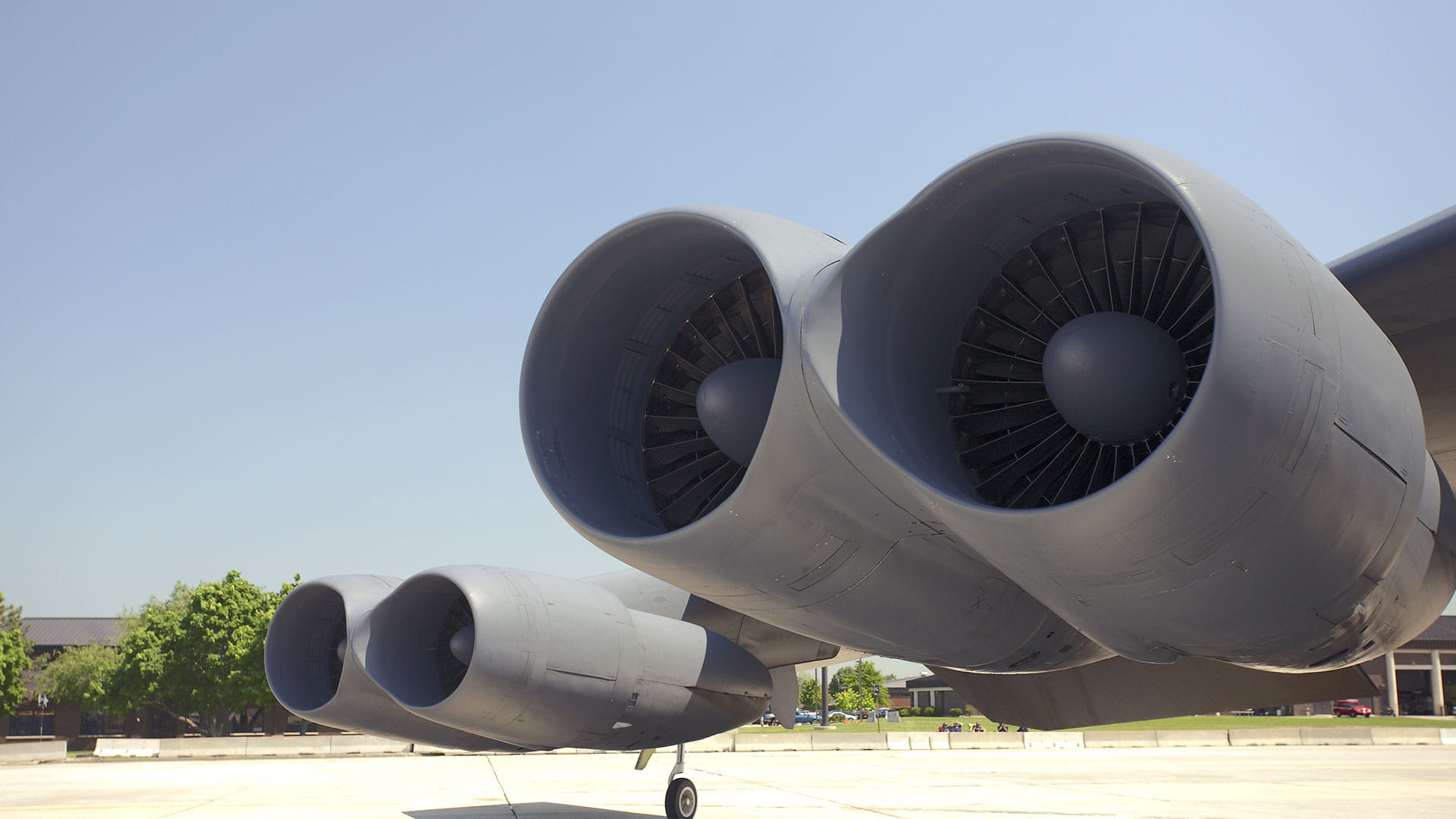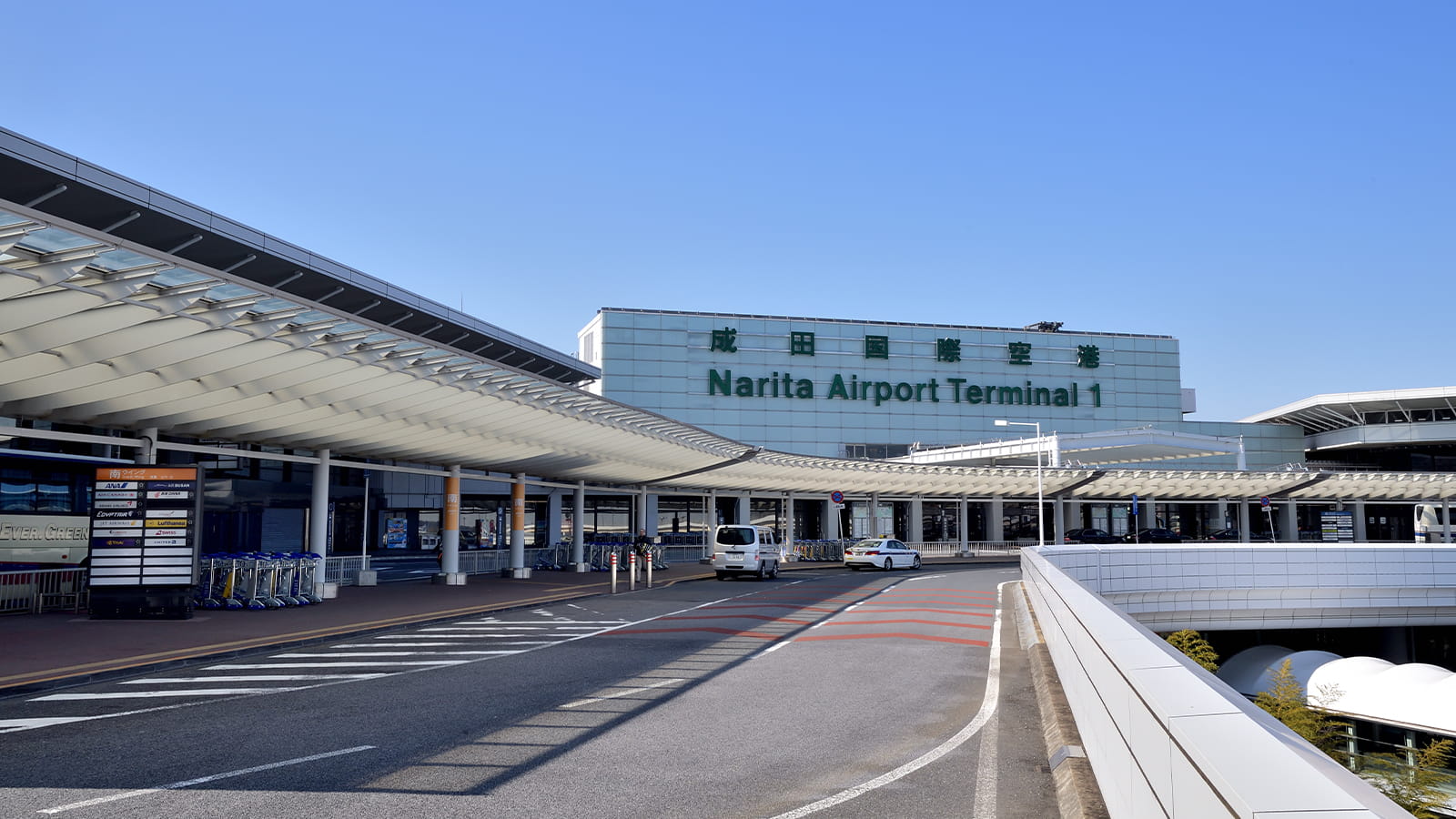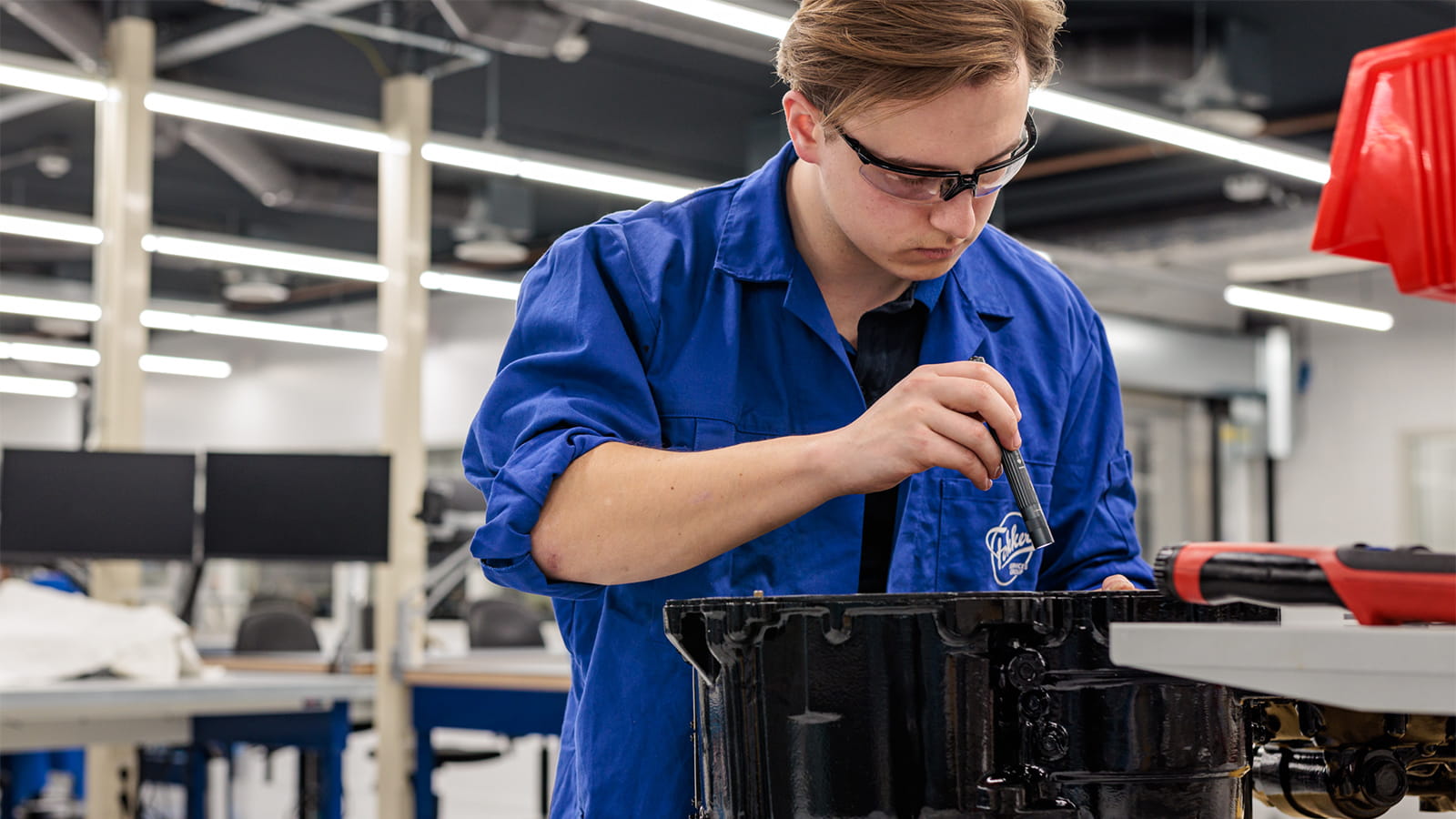Extending the Power of a Legend: The B-52 Stratofortress
by Marc Duvall, president, Aerostructures
For the legendary B-52 bomber, or BUFF as it is sometimes referred, 2021 is a very exciting year. In February, the formidable B-52 Stratofortress flew with its sister B-1 and B-2 aircraft in a first-of-its-kind flyover at the NFL’s Super Bowl LV. And now this exceptionally built aircraft – born in the 1950s – is set to receive new engines, nacelles, and struts (among other upgrades) that will keep the iconic bomber flying past its 100th birthday.
For more than a dozen years, I’ve had the privilege to serve as the president of the Collins Aerospace Aerostructures business unit – a business where we manufacture nacelles, struts, flight control surfaces, and other advanced complex structural products for the world’s best-known commercial and military aircraft. Of all the aircraft we’ve equipped, there remains something very special about the opportunity to reinvigorate a bomber that is still delivering combat air power after nearly 70 years in service. That’s exactly what we aim to do now with Boeing, the manufacturer of the aircraft, for the U.S. Air Force and, ultimately, the American warfighter.
Keeping a 70-year-old bomber in service
Seven decades is an eternity to keep a military aircraft in operational readiness. It’s not only about keeping the aircraft in service, but also about periodically enhancing its capability and effectiveness to meet the platform’s strategic-bomber mission. Our Aerostructures business is no stranger to this, having been part of upgrade and modification programs for the C-5 Galaxy, the KC-135 Stratotanker and seven generations of upgrades of the B-52 spanning from “A” through “H” versions. Each of America’s bombers was created with a specific purpose in mind. For the B-52, its long track record tells us that it’s dependable and mission-capable over long ranges, has a huge payload capacity, and can deploy a variety of standoff weapons.
A number of other upgrades are being undertaken for the B-52 in 2021. Recently our Collins Aerospace Mechanical Systems business unit earned the opportunity to supply the next generation of wheels and brakes to help the aircraft take-off and land safely. At Aerostructures, we’re keenly focused on the current “CERP,” or Commercial Engine Replacement Program, that will update the bomber’s unique propulsion system, comprising its engines, nacelles, and struts. If you’re wondering how it’s unique, the massive aircraft – 159 feet long, 40 feet high and weighing in at nearly 185,000 pounds – is actually powered by eight smaller engines that were originally designed for executive and regional jets. Those eight engines are housed in four twin-pod nacelles – two on each wing. The architecture is iconic and easily recognizable among military aircraft.
Modernizing the B-52 is absolutely critical to extending its mission and weapon system effectiveness. By keeping its original eight-engine, dual-podded configuration, Boeing and the Air Force can retain the bomber’s form, fit, and function without having to repeat lengthy aerodynamic testing. There’s an old saying that if it isn’t broken, don’t fix it. With the B-52, the Air Force is forgoing all major changes in design and materials to the nacelle and strut. This is to ensure high levels of aircraft availability, mission readiness, and cost-effective maintenance for the globally dispersed network of highly skilled and talented Air Force technicians who keep the aircraft in service.
That kind of continuity is just as important for manufacturing the nacelles and struts as it is for maintaining them. That’s why our Aerostructures team is uniquely positioned to provide these critical upgrades for the B-52 going forward. Dating back to the early 1950s, we’ve made every single nacelle and every single strut for every B-52 that’s ever flown. That nacelle system, with its complex shape, is truly remarkable and our team at Collins Aerospace is the only one with the experience – dating back to the early 1950s – in manufacturing the contoured twin-pod nacelle and the expertise in doing it with a high-degree of precision and quality.
Collins: the right choice for modernization
Beyond just the B-52, military re-engining programs are certainly not new to us. Along with the eight generations of B-52 we’ve equipped, our Aerostructures team also supported the Air Force warfighter with both of the largest re-engining programs to date: the Lockheed C-5(M) Galaxy and Boeing KC-135 Stratotanker. When the C-5 required more powerful and reliable engines, our Collins team was there to provide the nacelle system’s inlet, fan cowl, core cowl, and engine build-up components, along with designing and manufacturing new struts to attach the nacelles to the aircraft’s wings. Similarly, for the KC-135, we manufactured the inlets and fan cowls for approximately 425 re-engine kits.
When you look at our long and storied history with the B-52 program, decades of experience manufacturing leading-edge structural products, our existing relationship with Boeing, and our proven track record of delivering high-quality products on time, I am confident Collins’ Aerostructures team offers the best option in delivering a new nacelle and strut at the lowest risk, helping the B-52 Stratofortress extend its mission well into the future.



